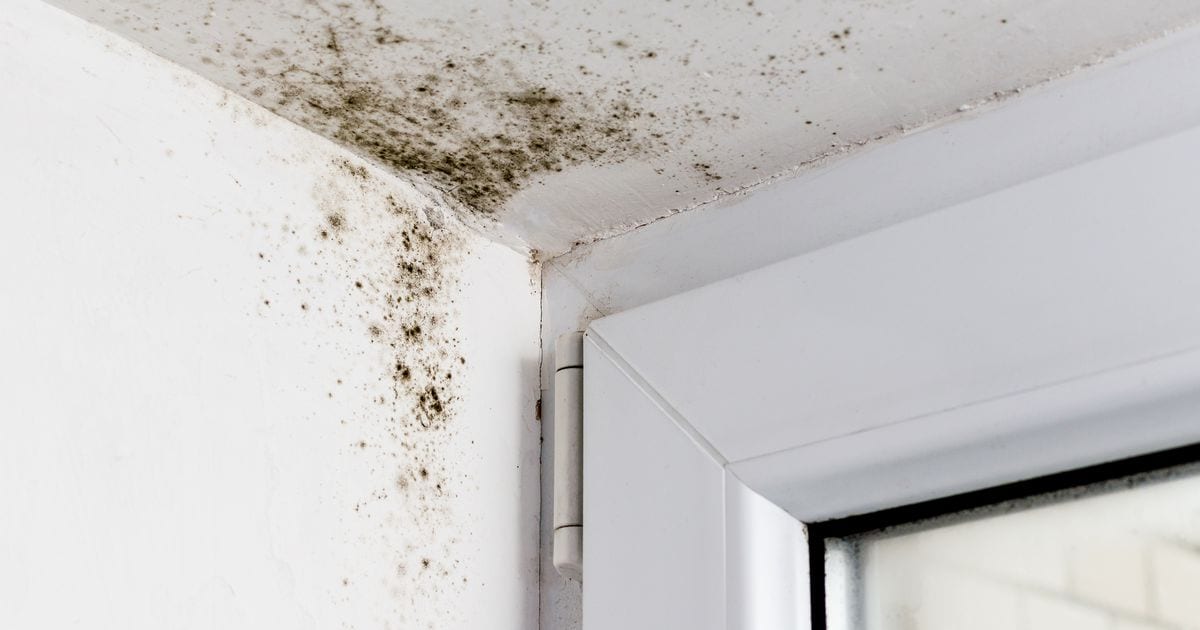
Who’s responsible for mould in a rental?
Mould is a common problem for properties that can show up at any time of year, however, it often presents itself in winter.
That’s because people tend to spend more time indoors when the weather is cool and they may not open up windows and doors as much as usual. This prevents proper ventilation and can create a damp and dark environment for mould to thrive in.
Is the tenant or landlord responsible?
Figuring out the source of the mould will help you determine who might be responsible.
Generally, if the mould is due to an issue with the property itself, such as a leaky roof or a faulty pipe, then it is up to the landlord to fix the resulting damage and make the property clean and fit for habitation again.
However, if mould has occurred because a tenant hasn’t allowed a property to ventilate properly, or because condensation has had a chance to build up, then they might be at fault.
It isn’t always clear cut who’s responsible, but it’s in the tenant’s best interests to inform their property manager of any potential mould issues as soon as possible to prevent a bigger problem from occurring.
How to prevent mould in the future?
- Report potential mould or water issues as soon as possible, particular any water leaks in the roof or walls
- Dry wet areas right away
- Use an exhaust fan (if there is one) when showering or cooking or open windows as much as possible
- Clean up small spots of mould as soon as you see them
- Improve airflow in the property by opening doors and windows
- Use moisture absorbers
If you would like any more information or have any further questions, please speak to your team of professionals at Professionals Burleigh 07 5669 2490.








